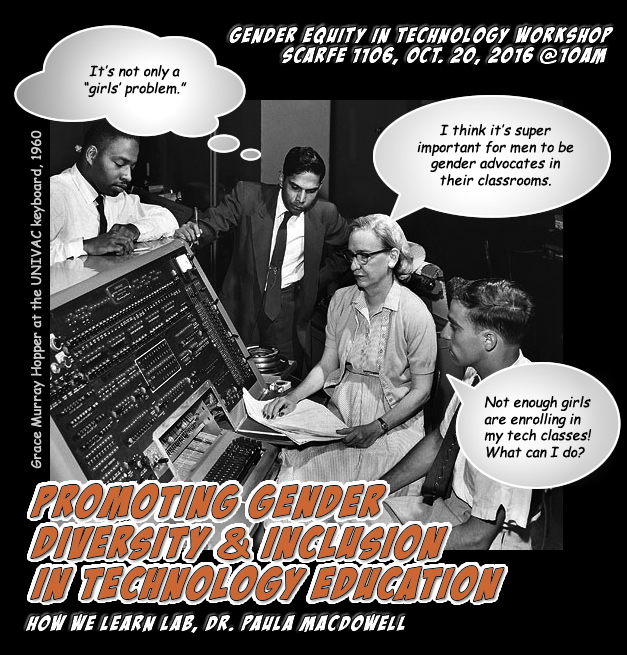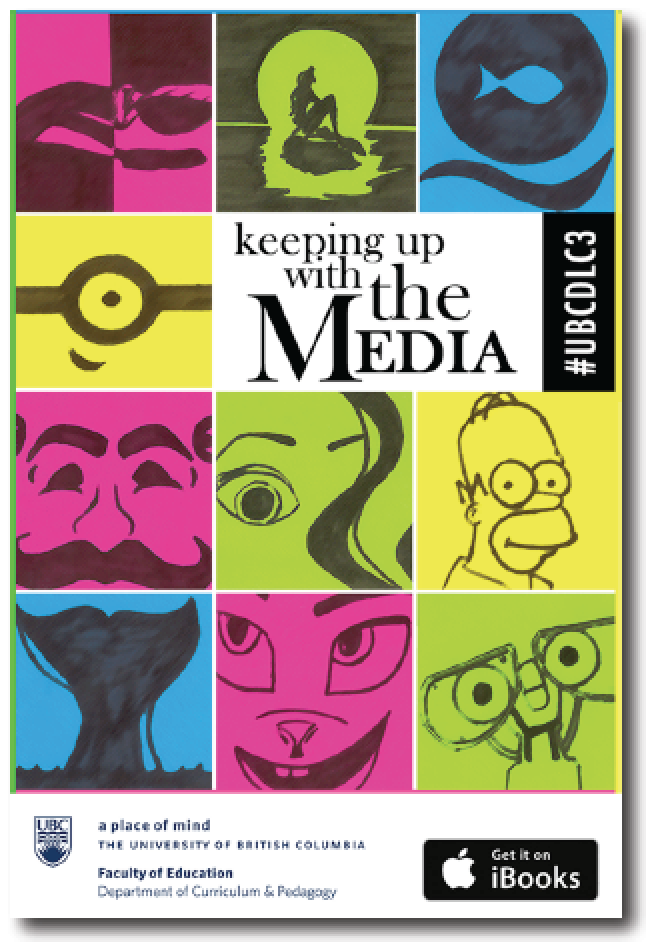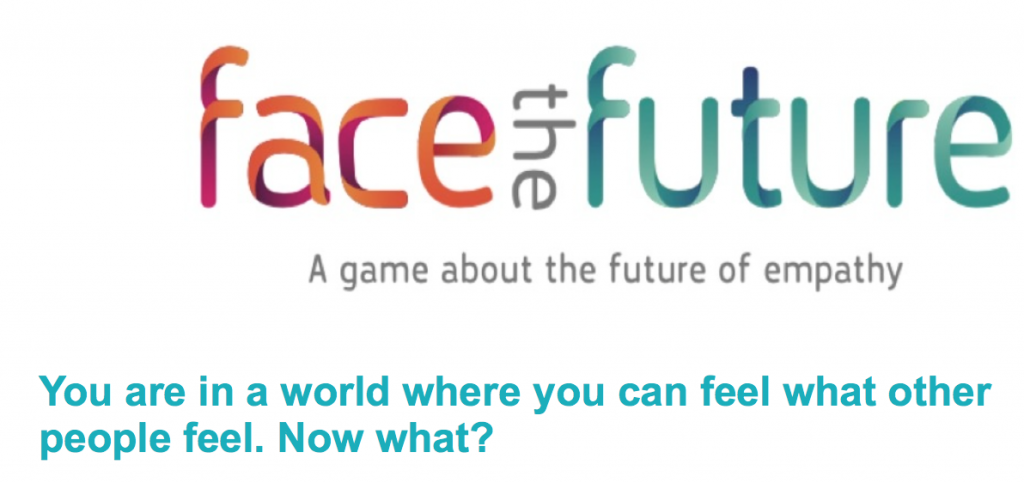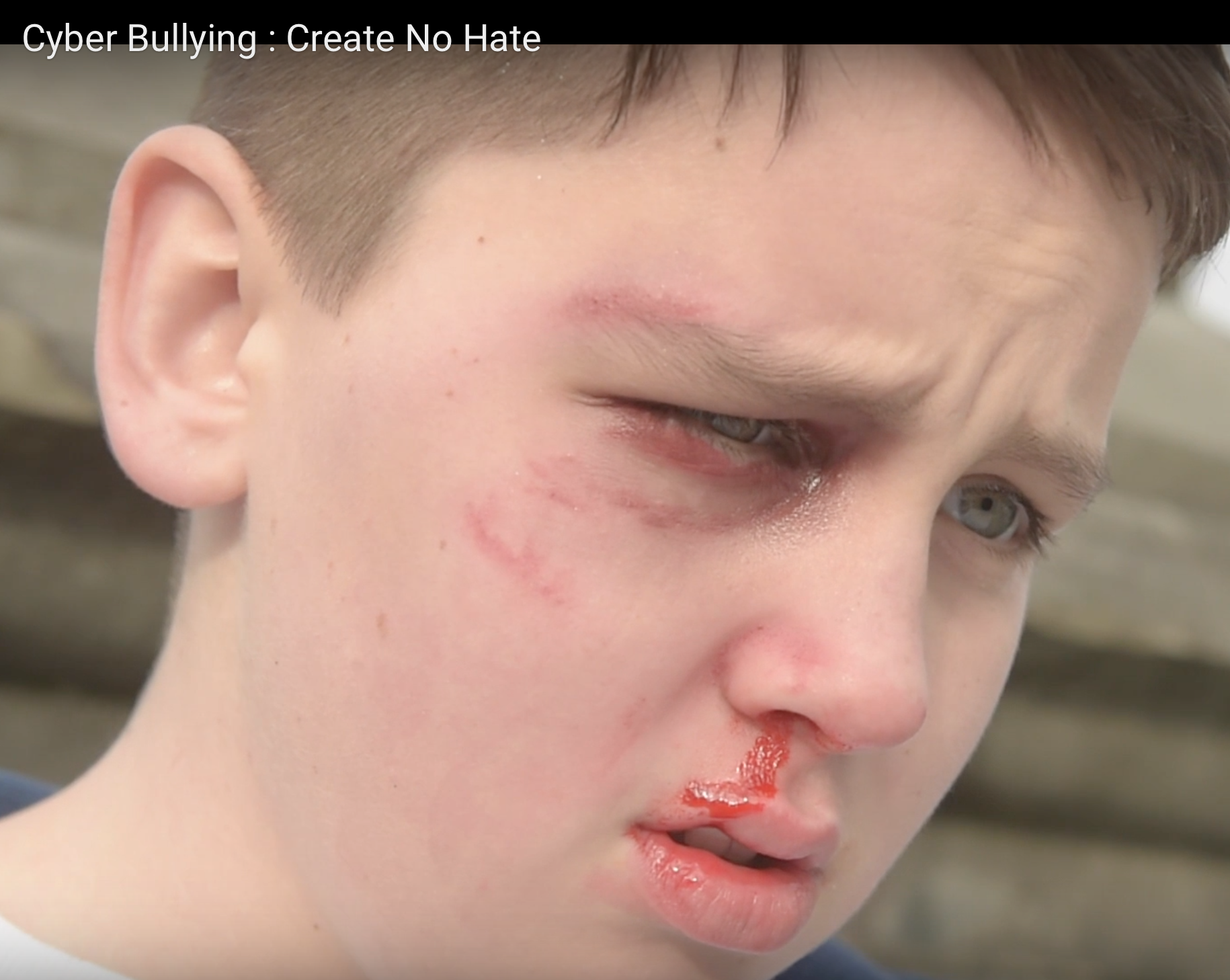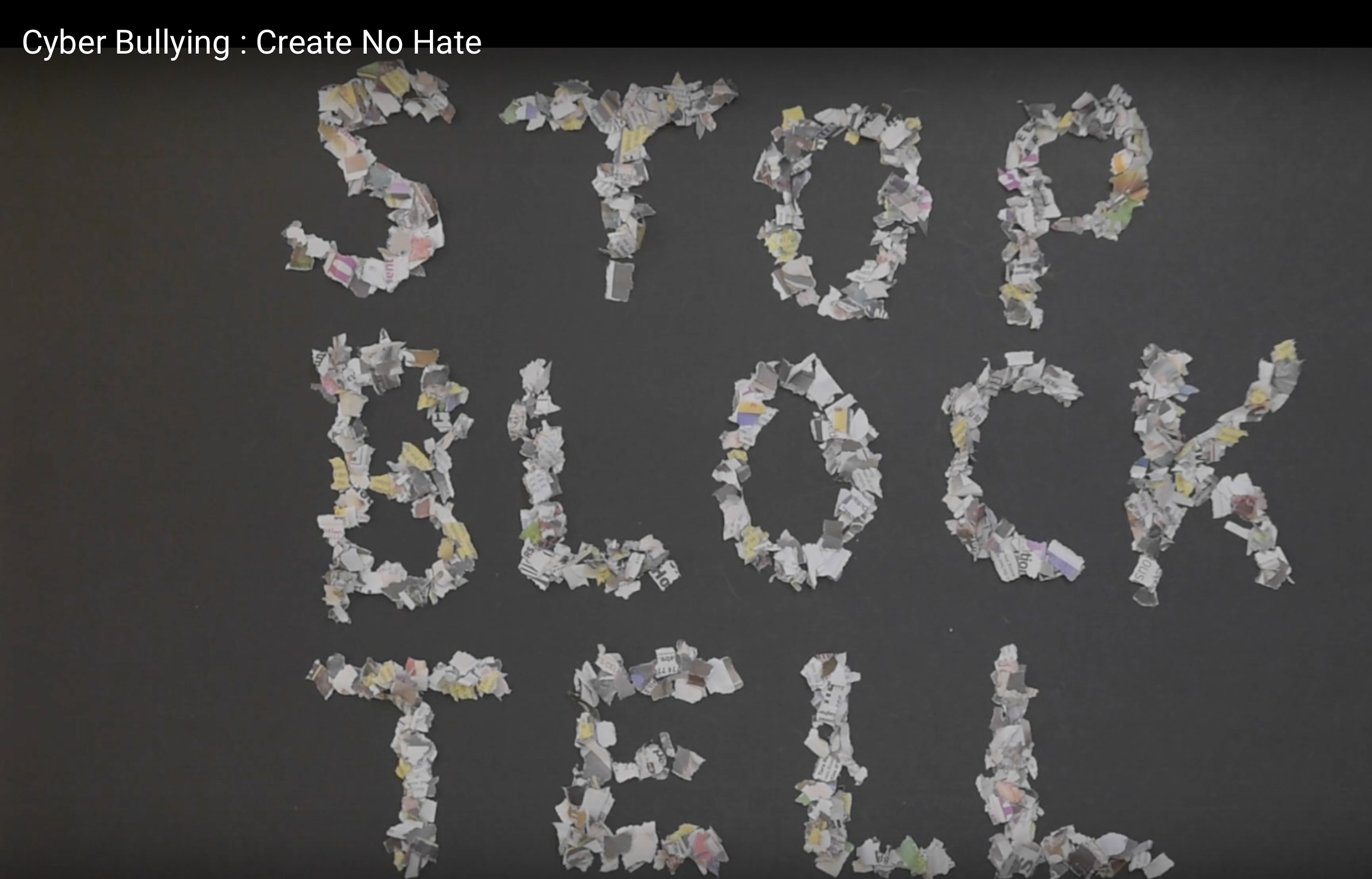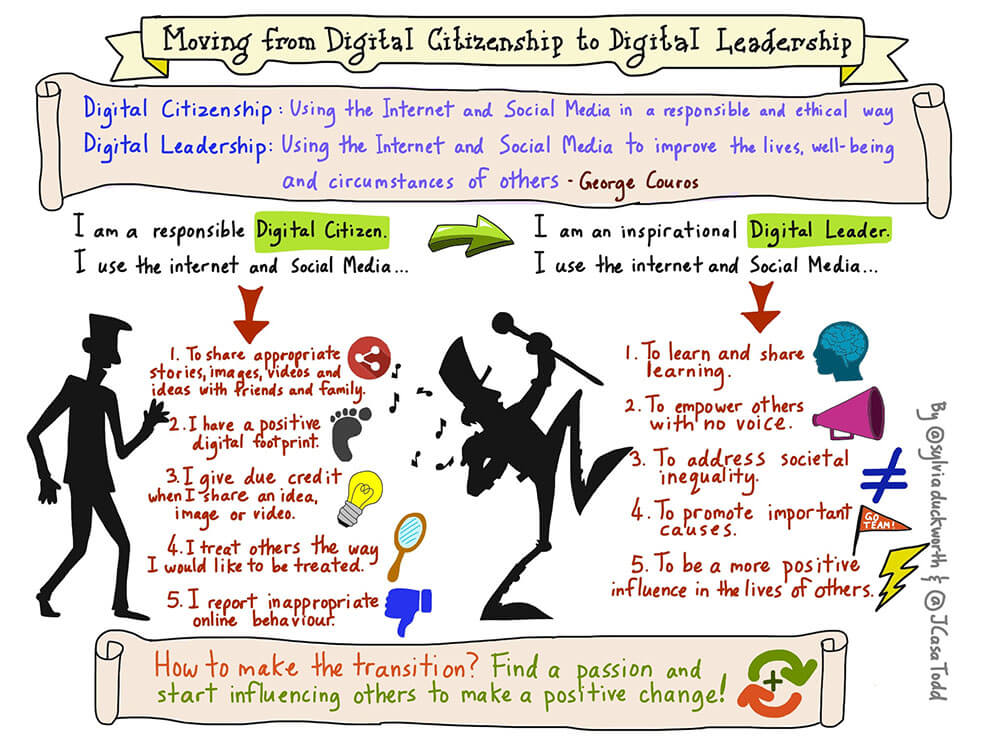Illustration credit: Joost Swarte.
David Rotman’s three-part article series in the MIT Technology Review asks important questions about the effects of software and automation on the economy. Do you think that today’s rapid advances in artificial intelligence and automation foreshadow a future in which robots and software greatly reduce the need for human workers? Are we facing a future with increased disparity and inequality due to the commercialization of technological innovation? Will the rewards of new technologies go largely to the very richest, as has been the trend in recent decades?
Part I (June 12, 2013): How Technology Is Destroying Jobs
Part II (Oct 14, 2014): Technology and Inequality
Part III (June 16, 2015): Who Will Own the Robots?
How do you respond to Robert Solow’s claim that, “any decent person should find having extreme poverty coexisting in the same society with extreme wealth immoral” in regards to the increasing gap between the super wealthy and everyone else in our world?
For example, the 2014 Global Wealth Report informs: “a person needs only USD 3,650 to be among the wealthiest half of world citizens. However, more than USD 77,000 is required to be a member of the top 10% of global wealth holders, and USD 798,000 to belong to the top 1%. Taken together, the bottom half of the global population own less than 1% of total wealth. In sharp contrast, the richest decile hold 87% of the world’s wealth, and the top percentile alone account for 48.2% of global assets.”
We need to do better at intelligently managing and sharing our world’s resources. How does income inequality effect economic opportunity and innovation in our world? How do we share the wealth that technology creates? How do we create a technological world without greed? How do we work towards a prosperous technological future with human flourishing for all?



 Follow
Follow